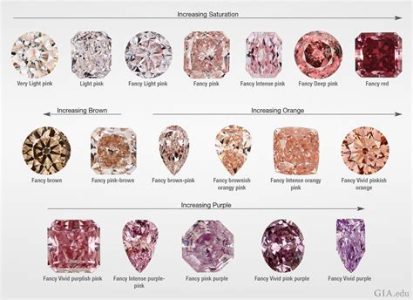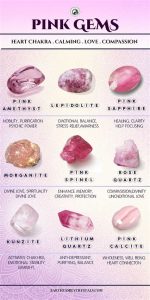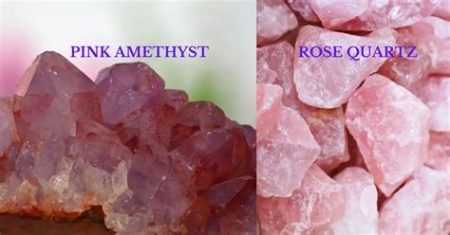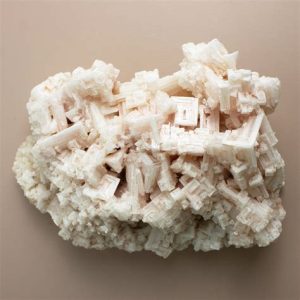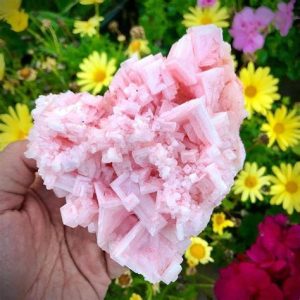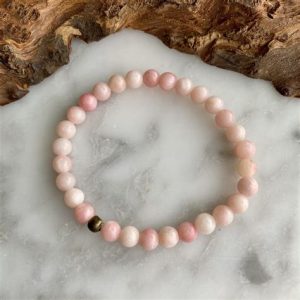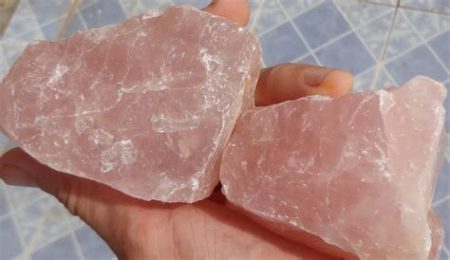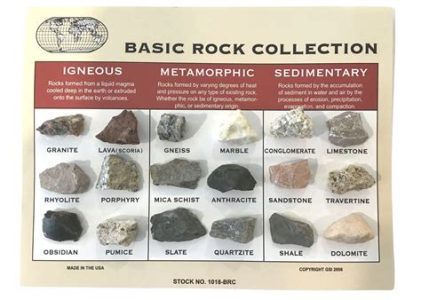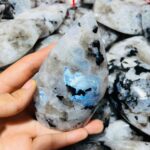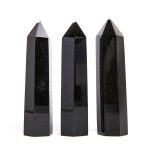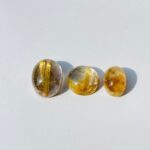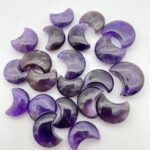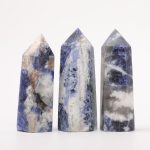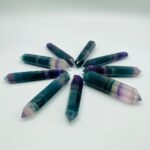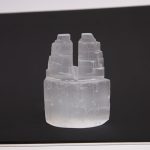- What is calcite?
-
A carbonate mineral composed of calcium carbonate (CaCO3)

-
Occurs naturally in various forms, including crystals, stalactites, and stalagmites
-
How does calcite react to UV light?
- Emits a brilliant orange-red fluorescence under ultraviolet (UV) light
Calcite under UV Light: A Comprehensive Analysis
Fluorescence Mechanism
Calcite’s fluorescence under UV light is attributed to the presence of trace elements, primarily manganese (Mn). When exposed to UV radiation, these impurities absorb energy and transition to an excited state. As they return to their ground state, they release the absorbed energy as visible light, resulting in the orange-red fluorescence.
Variations in Fluorescence
The intensity and color of calcite fluorescence can vary depending on the manganese content and the specific wavelength of UV light used. Higher manganese concentrations typically lead to brighter fluorescence. Additionally, longer UV wavelengths (e.g., 365 nm) tend to produce a more intense fluorescence than shorter wavelengths (e.g., 254 nm).
Applications of Calcite Fluorescence
Calcite’s unique fluorescence property has led to various applications, including:
-
Mineral identification: Calcite fluorescence is a valuable tool for geologists and mineralogists to identify calcite in the field and in laboratory settings.
-
Counterfeit detection: Calcite is often used as a substitute for more valuable minerals, such as diamond. UV light can be used to distinguish genuine calcite from counterfeits, which typically exhibit a different fluorescence pattern.
-
Art conservation: Calcite fluorescence can help art conservators identify and restore calcite-based artifacts, such as sculptures and paintings.
Calcite under UV Light: Pros and Cons
Pros:
-
Non-destructive testing: UV light fluorescence is a non-destructive technique that does not alter the calcite sample.
-
Rapid and efficient: Fluorescence analysis is a quick and convenient way to identify and characterize calcite.
-
Portable and field-friendly: UV lamps are portable and can be easily used in the field or in the laboratory.
Cons:
-
Sensitivity: The fluorescence response of calcite can vary depending on the manganese content and other factors, which may limit its sensitivity in certain applications.
-
False positives: Other minerals, such as dolomite and siderite, can also exhibit similar fluorescence under UV light, which may lead to false positives.
Tips and Tricks
- Use a long-wave UV lamp (365 nm) for optimal fluorescence intensity.
- Hold the UV lamp at a 45-degree angle to the calcite sample to minimize reflections.
- Examine the calcite in a dark environment to enhance fluorescence visibility.
FAQs
-
Why does calcite fluoresce under UV light?
- Impurities like manganese absorb UV energy and release it as visible light fluorescence.
-
What are the applications of calcite fluorescence?
- Mineral identification, counterfeit detection, art conservation.
-
What factors affect calcite fluorescence?
- Manganese content, crystal structure, UV wavelength.
-
How can you distinguish calcite fluorescence from other minerals?
- Calcite typically exhibits a bright orange-red fluorescence.
-
What are the advantages of using UV light to analyze calcite?
- Non-destructive, rapid, portable.
-
What are the limitations of UV light analysis of calcite?
- Sensitivity, false positives.
-
How can you enhance calcite fluorescence visibility?
- Use a long-wave UV lamp, hold it at a 45-degree angle, examine in a dark environment.
-
What new applications can be explored for calcite fluorescence?
- Medical imaging, forensic analysis, geological mapping.

